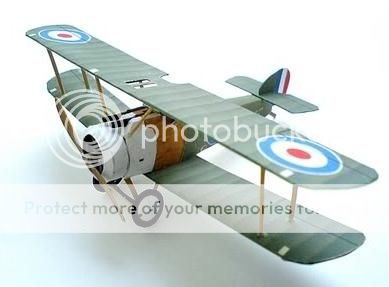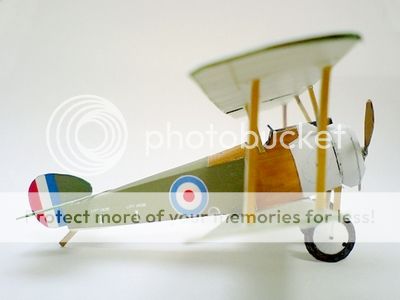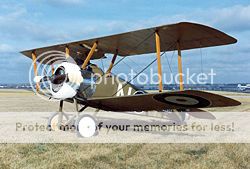 The X-20 Dyna-Soar
The X-20 Dyna-Soar ("Dynamic Soarer") was a
United States Air Force (USAF) program to develop a
spaceplane that could be used for a variety of military missions, including reconnaissance, bombing, space rescue, satellite maintenance, and sabotage of enemy satellites. The program ran from 24 October
1957 to 10 December
1963, cost US$660 million ($4.73 billion today), and was cancelled just after spacecraft construction had begun.

Other spacecraft under development at the time, such as
Mercury or
Vostok, were based on space capsules which returned on ballistic re-entry profiles.
Dyna-Soar was much more like the much later
Space Shuttle; it could not only be boosted and travel to distant targets at the speed of an intercontinental ballistic missile, it was designed to glide to earth like an airplane under the control of the pilot. It could land at an airfield, rather than simply falling to earth and landing with a parachute. Dyna-Soar could also reach earth orbit, like
Mercury or Gemini.
These characteristics made
Dyna-Soar far more advanced in concept than the other human spaceflight missions of the period. The much larger
Shuttle would also be boosted into orbit by large rockets for launch, and the final design would also pick delta wings for controlled landings, but it (and the
Soviet Buran) would not fly until decades after the
X-20 cancellation. -
Wikipedia
 |
| The Real Thing |
Entre 1957 e 1963, a NASA, dando continuidade ao trabalho de voar mais alto e veloz, e ao mesmo tempo colocar o espaço ao alcance dos militares,criou o projeto
X-20, também conhecido como
"Dyna Soar". O
X-20 teria a capacidade de fazer uma reentrada planada e controlada na atmosfera, realizando manobras em "S" para dissipar a energia, ao invés da reentrada balística abrupta das cápsulas, tornando o processo muito mais suave. O projeto
X-20 foi cancelado em dezembro de 1963.
Contra ele pesavam o alto custo do projeto e a duplicação de esforços e recursos numa época em que os
Estados Unidos estavam atrás na corrida espacial, além da opinião pública contrária a um projeto militar de ocupação do espaço.
Os astronautas que estavam sendo treinados para voar no
X-20, a maioria vinda do projeto X-15 passaram para a Nasa, ficando em destaque o nome de Neil Armstrong.
O X-20 não era um lifting body pleno, já que possuia asas, mas serviu de base para esta nova geração de aeronaves.Seu cancelamento em estágio avançado foi um duro golpe. O X-20 estava pelo menos 10 anos à frente das cápsulas Gemini e Soyus desenvolvidas pelos dois lados. -
autoentusiastas.blogspot.com
Link: Boeing.X-20.Dyna.Soar.by.Takumi.Nasa.Paper.Model



